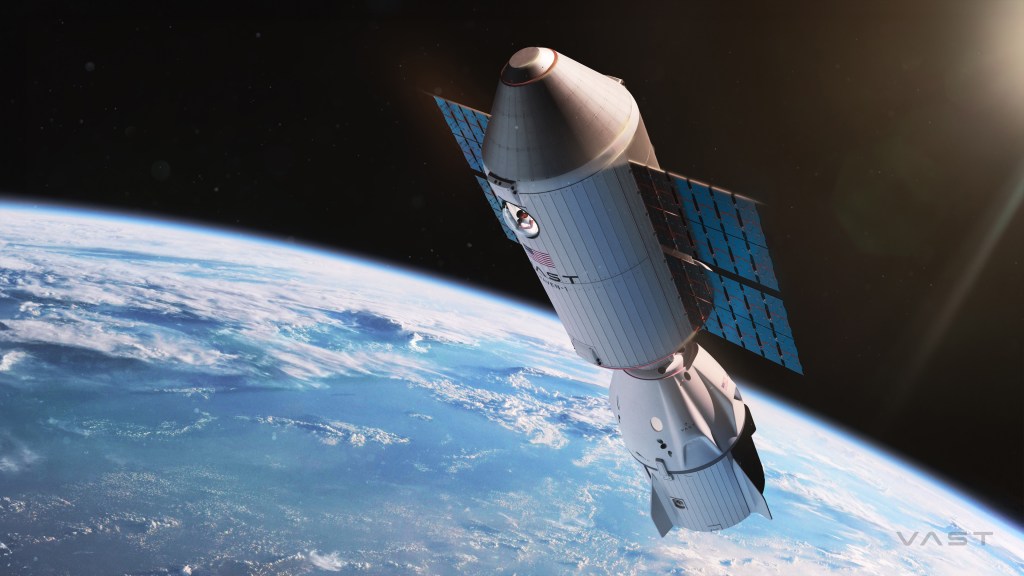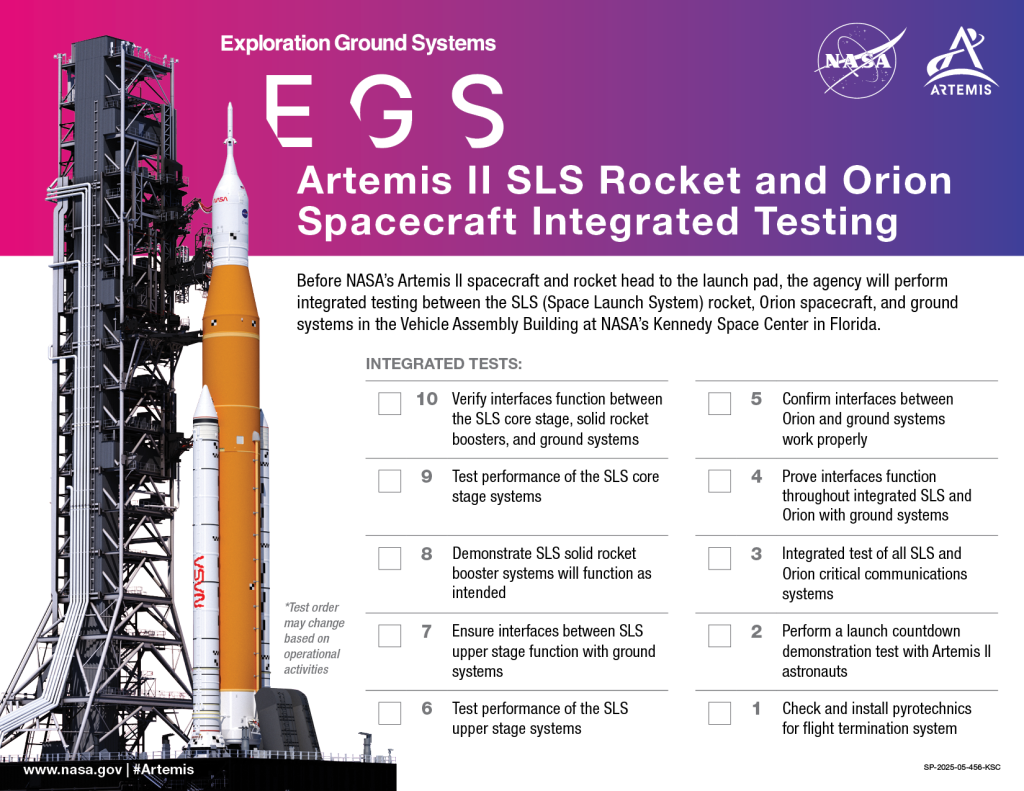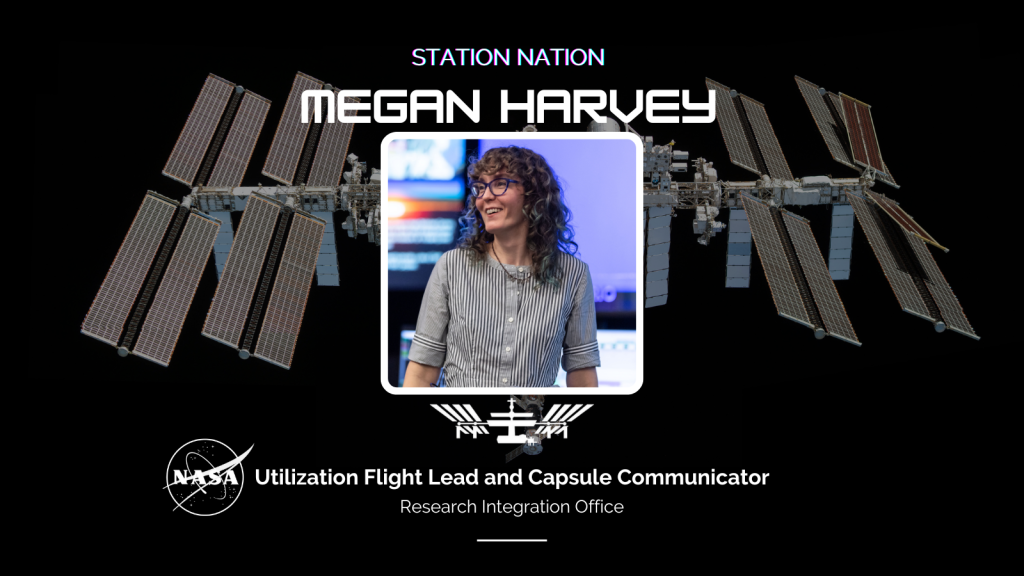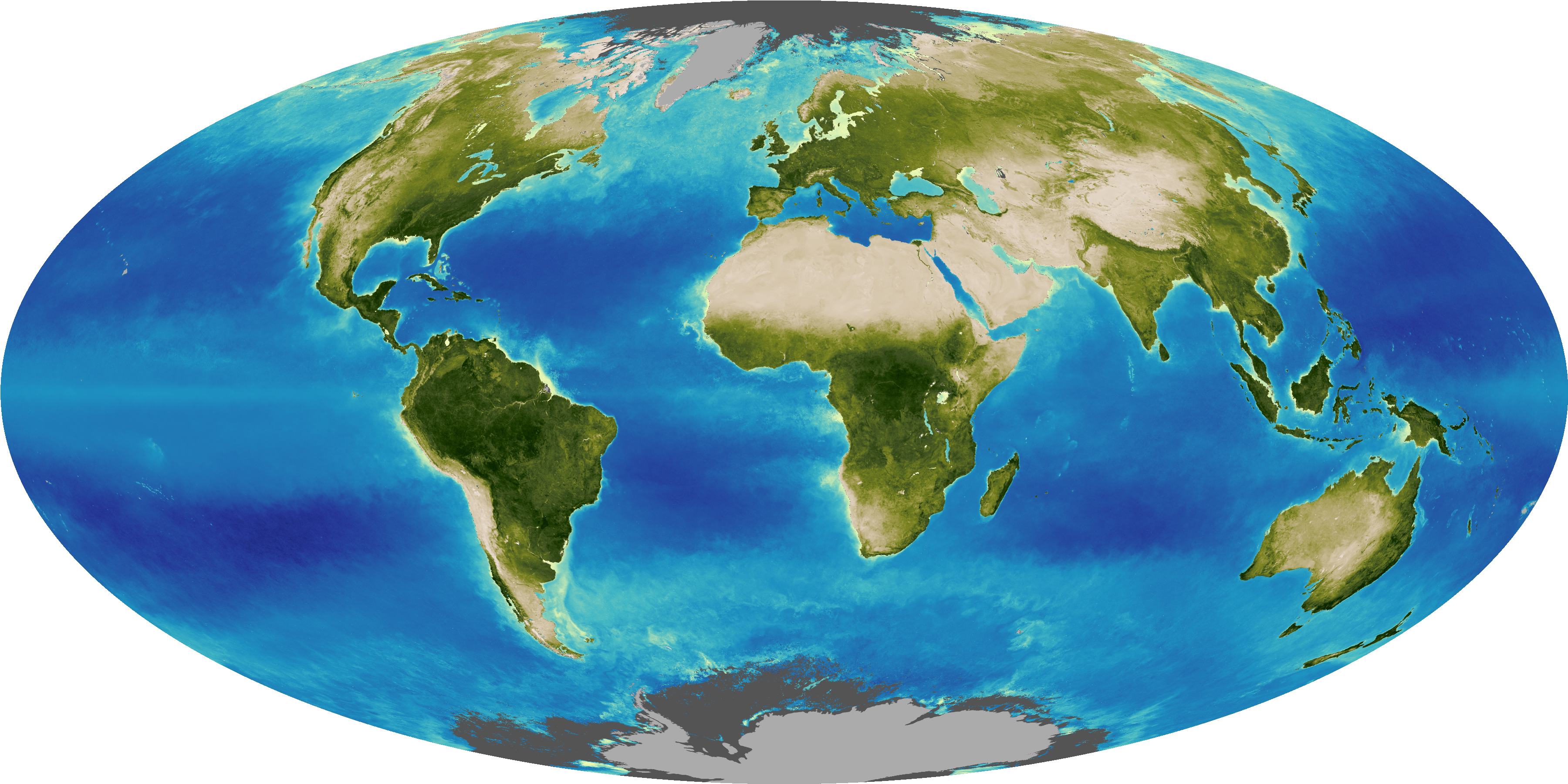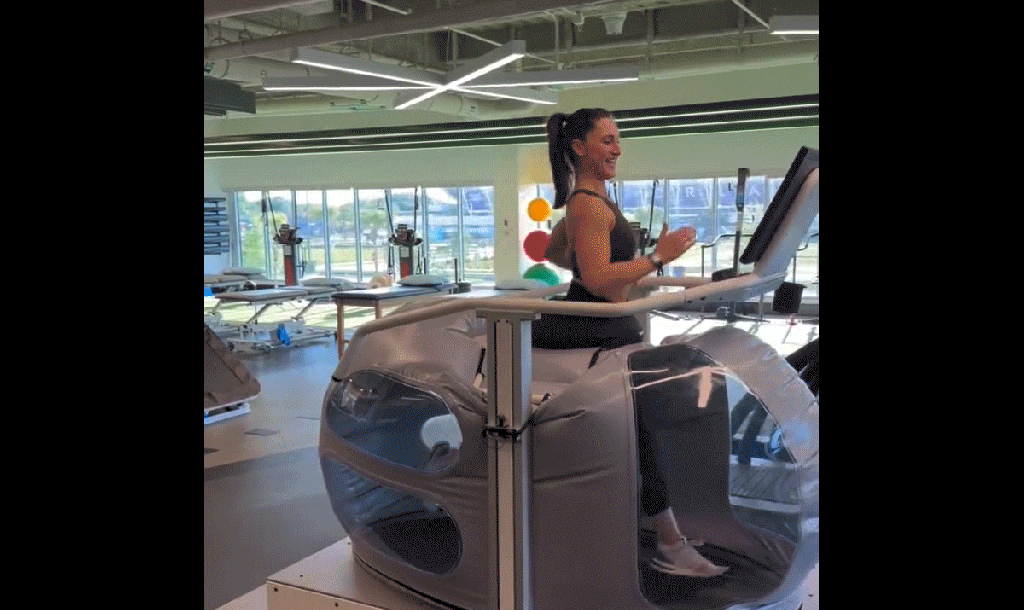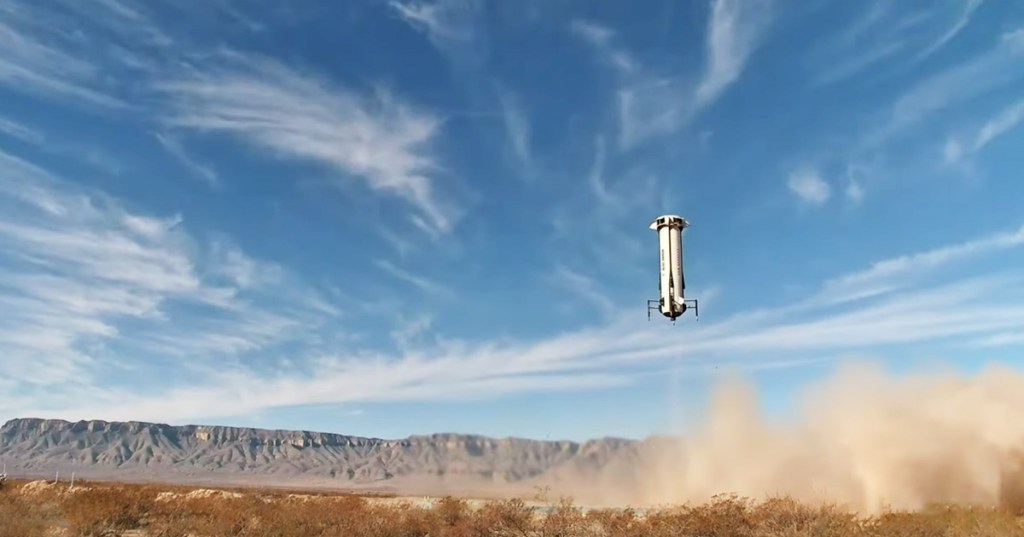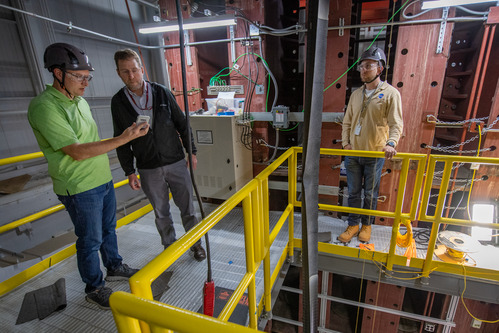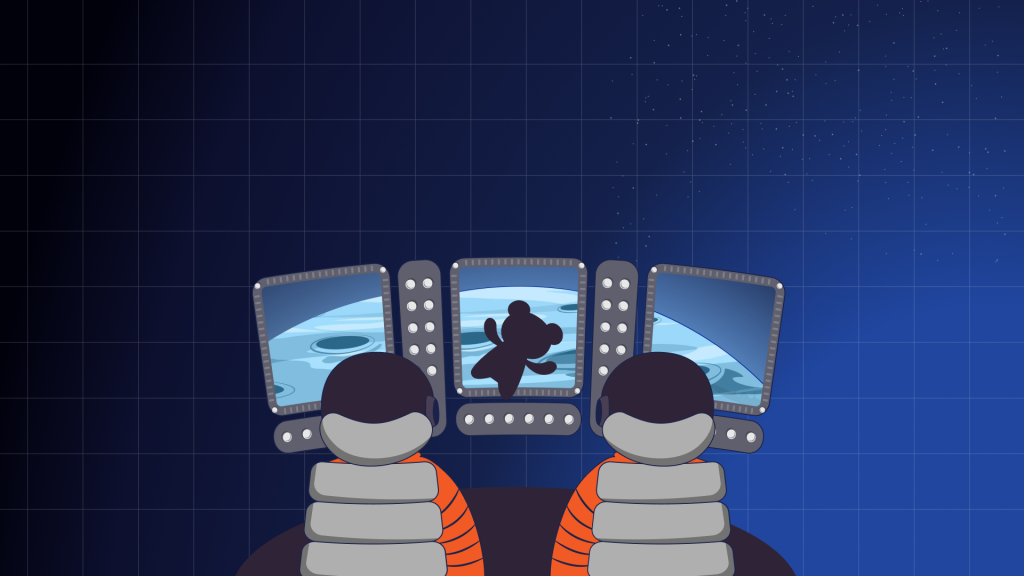Rebounded Craters
| PIA Number | PIA09821 |
|---|---|
| Language |
|
The Cassini spacecraft surveys the southern hemisphere on Dione's anti-Saturn side, spying a broad impact basin near bottom. Most of the medium-sized craters visible here have pointed central peaks, owing to the rebound of material following the craters' initial formation.
North on Dione (1,126 kilometers, or 700 miles across) is up.
The image was taken in visible light with the Cassini spacecraft narrow-angle camera on Dec. 19, 2007. The view was obtained at a distance of approximately 240,000 kilometers (149,000 miles) from Dione and at a Sun-Dione-spacecraft, or phase, angle of 44 degrees. Image scale is 1 kilometer (0.6 mile) per pixel.
The Cassini-Huygens mission is a cooperative project of NASA, the European Space Agency and the Italian Space Agency. The Jet Propulsion Laboratory, a division of the California Institute of Technology in Pasadena, manages the mission for NASA's Science Mission Directorate, Washington, D.C. The Cassini orbiter and its two onboard cameras were designed, developed and assembled at JPL. The imaging operations center is based at the Space Science Institute in Boulder, Colo.
For more information about the Cassini-Huygens mission visit http://saturn.jpl.nasa.gov . The Cassini imaging team homepage is at http://ciclops.org .
Credit: NASA/JPL/Space Science Institute



